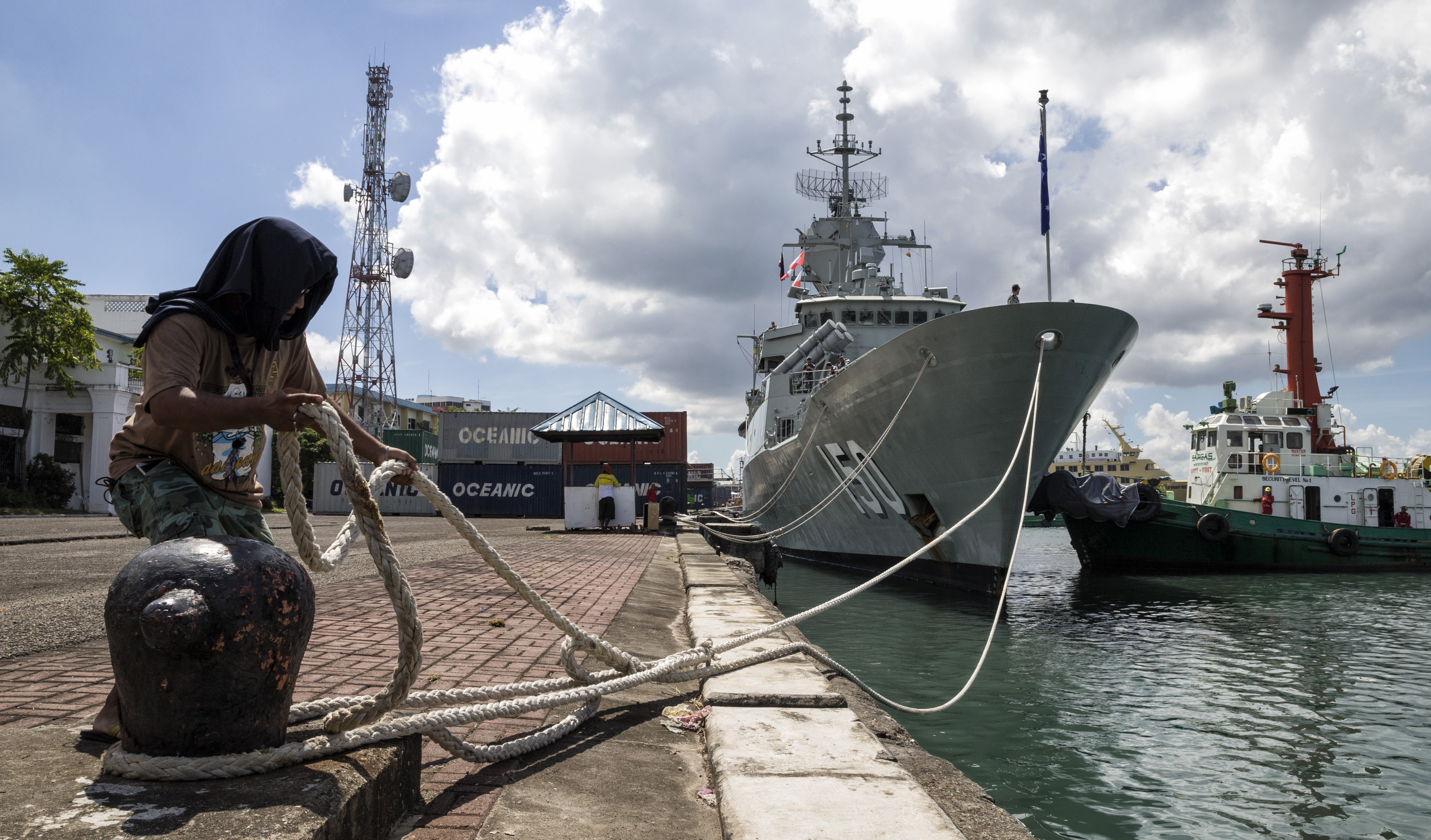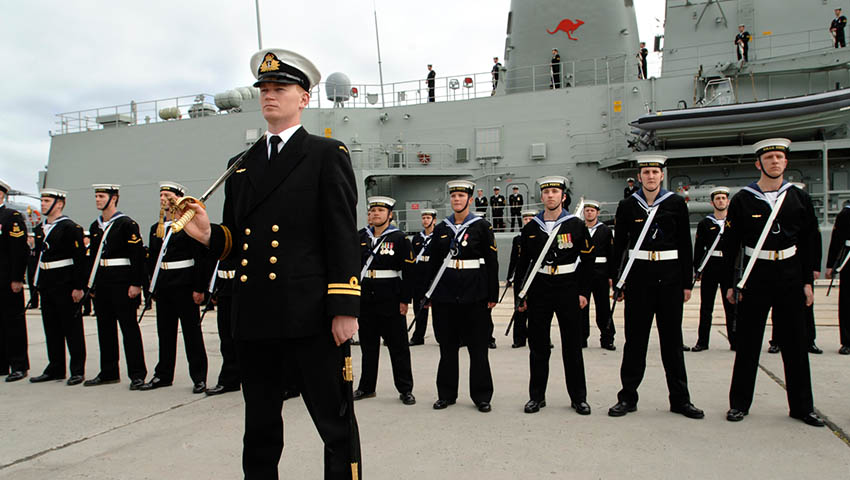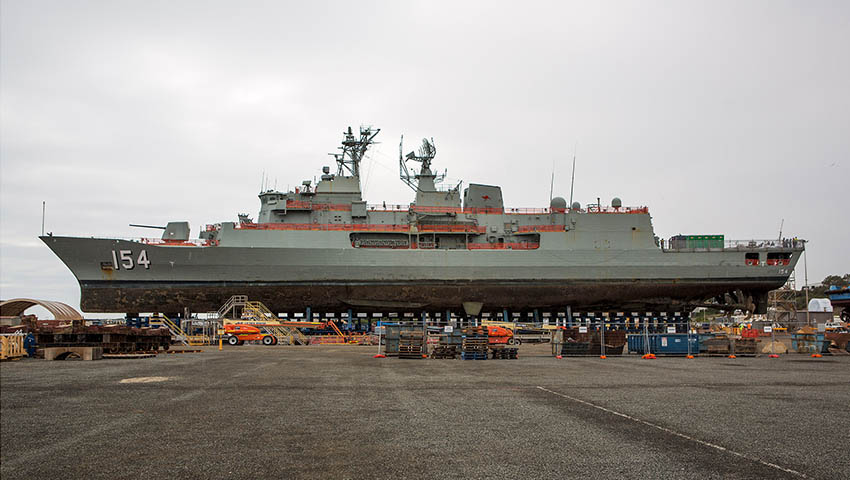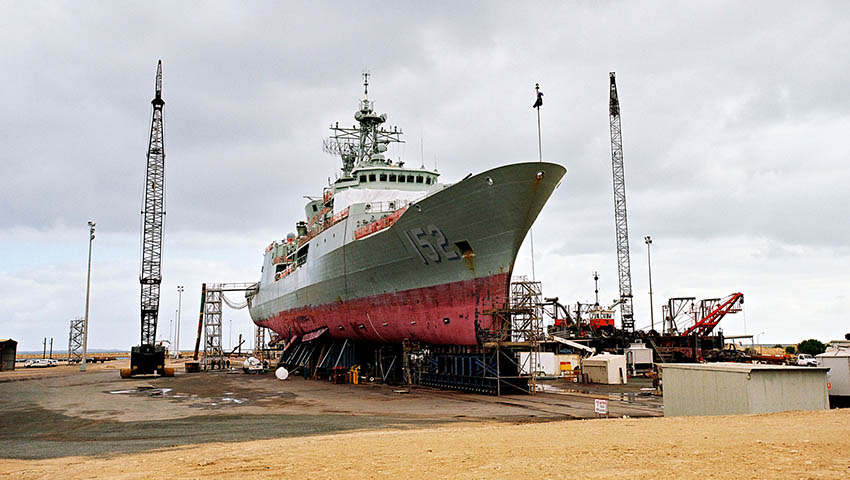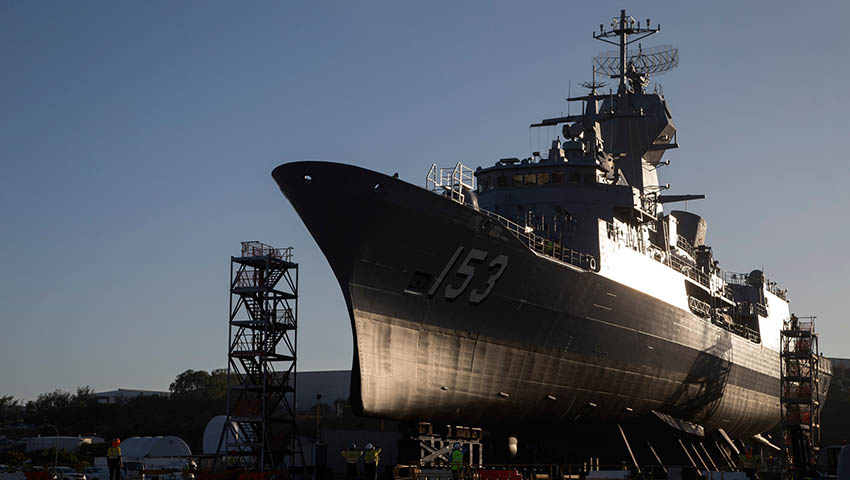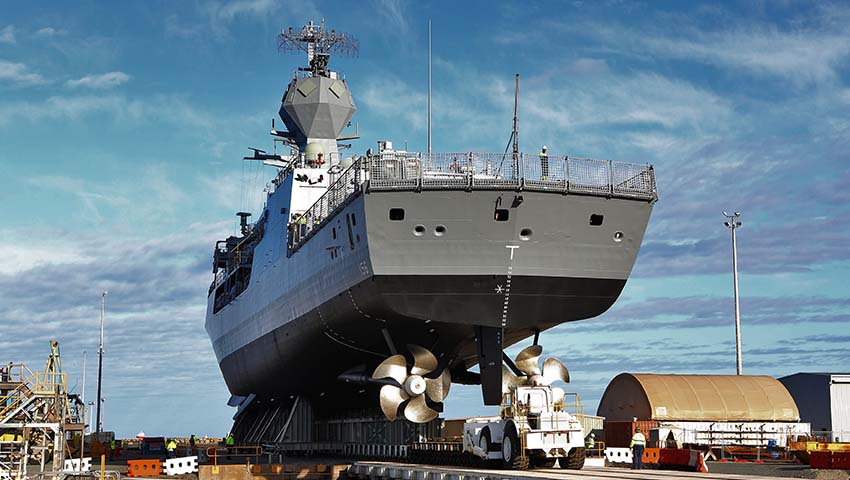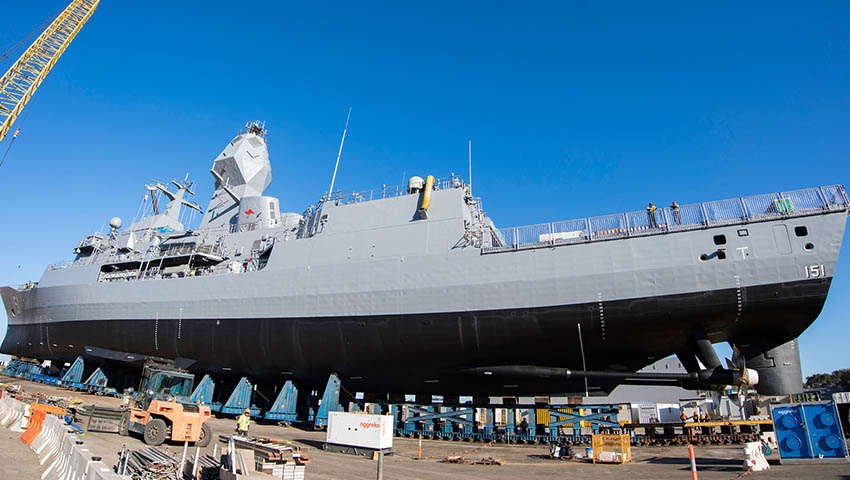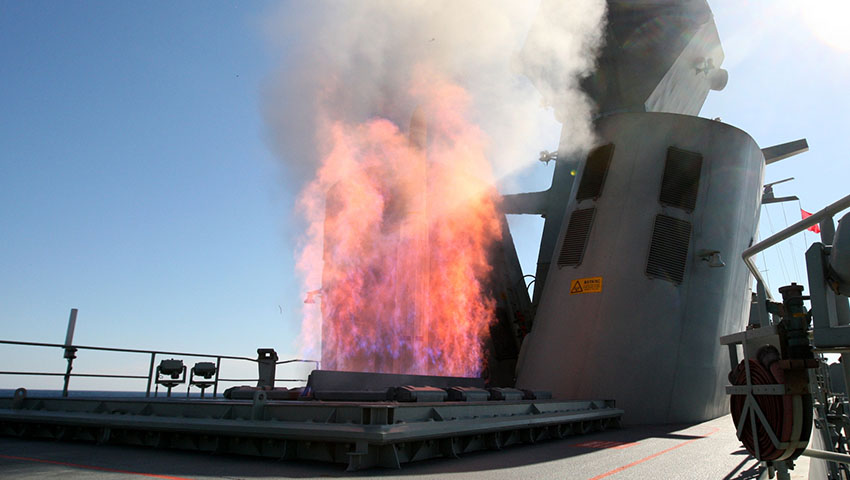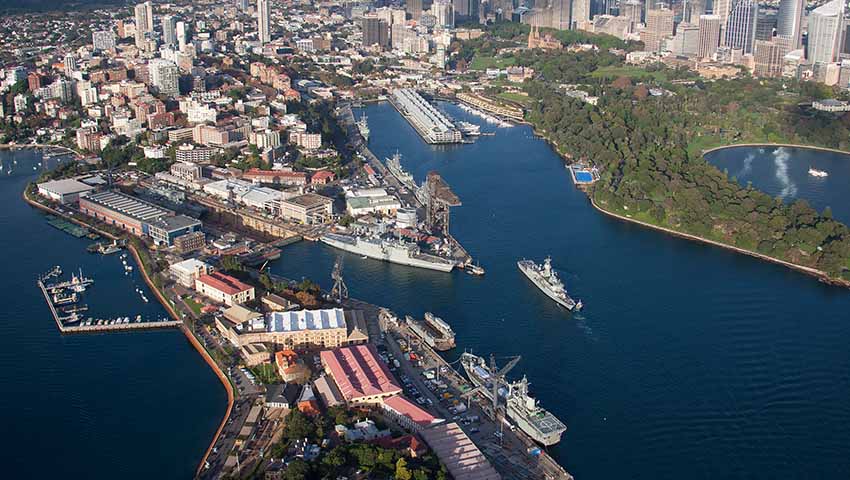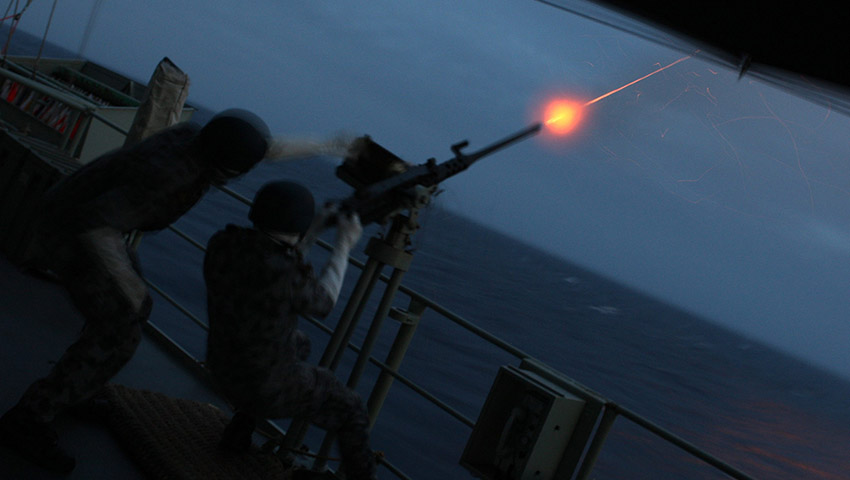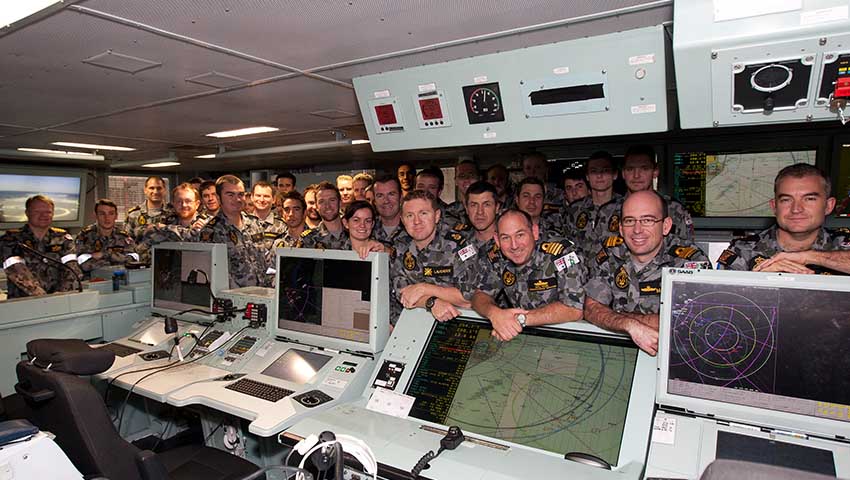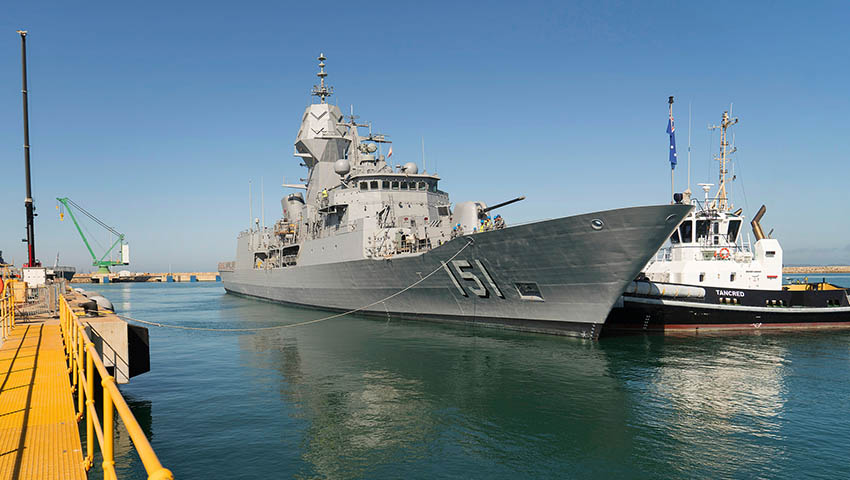In five years’ time, the Royal Australian Navy’s fleet of Anzac Class frigates will start to be phased out for the Hunter Class, after nearly two decades of all eight vessels being in service. Defence Connect will showcase the sustainment history of the frigates to highlight the efforts taken to ensure the Anzac Class performed at the fullest for its service life.
To continue reading the rest of this article, please log in.
Create free account to get unlimited news articles and more!
HMAS Anzac (III), the lead ship of the Anzac Class, was built by Tenix Defence Systems (now owned by BAE Systems) at Williamstown, Victoria, and was commissioned in May 1996.
This was followed by sister ship Arunta in 1998, Warramunga in 2001, Stuart in 2002, Parramatta in 2003, Ballarat in 2004, Toowoomba in 2005 and Perth in 2006.
Warramunga was launched with the ability to carry and fire the RIM-162 Evolved Sea Sparrow Missile (ESSM), the first vessel in the world to be fitted with the ESSM, with test firing conducted in 2003.
The modifications entered operational service aboard three of the frigates in 2004.
In 2003, the Department of Defence announced a project to upgrade the class with anti-ship missile defences (ASMD), following the cancellation of a previous program (Anzac Warfighting Improvement Program) in 1999.
The SEA 1448 project was signed by the Anzac alliance between Tenix Defence, Saab and the DoD.
These upgrades were finally undertaken in 2010, when HMAS Perth docked at the Australian Marine Complex in Henderson, Western Australia.
The upgrades saw the installation of CEA Technologies' CEAFAR and CEAMOUNT phased array radars, a Vampir NG infrared search and track system, and Sharpeye Navigational Radar Systems.
Both of the frigate's masts were replaced and the operations room layout improved, with additional ballast also provided to maintain stability.
After completion, Perth completed acceptance trials of the ASMD upgrades, which led to the approval of the upgrades to the other frigates in 2011.
All eight vessels had completed the upgrade by March 2017.
In 2017, HMAS Arunta was docked at Henderson Shipyard, to become the first of class to undertake the Anzac Midlife Capability Assurance Program (AMCAP) upgrade, with the vessel spending over a year out of water to receive the upgrades.
The upgrade was performed by the Warship Asset Management Agreement (WAMA) Alliance and included the replacement of the long-range air-search radar, IFF (identification, friend or foe) and secondary surveillance radar capabilities.
Arunta also underwent a platform systems obsolescence program to improve platform reliability and maintainability. Work was also performed to improve the ship’s habitability for the crew as well as an upgrade to the ship’s communications systems to resolve a number of obsolescence issues.
Later in 2019, Arunta will return to service, following the "extensive testing" of the new systems.

 Login
Login

